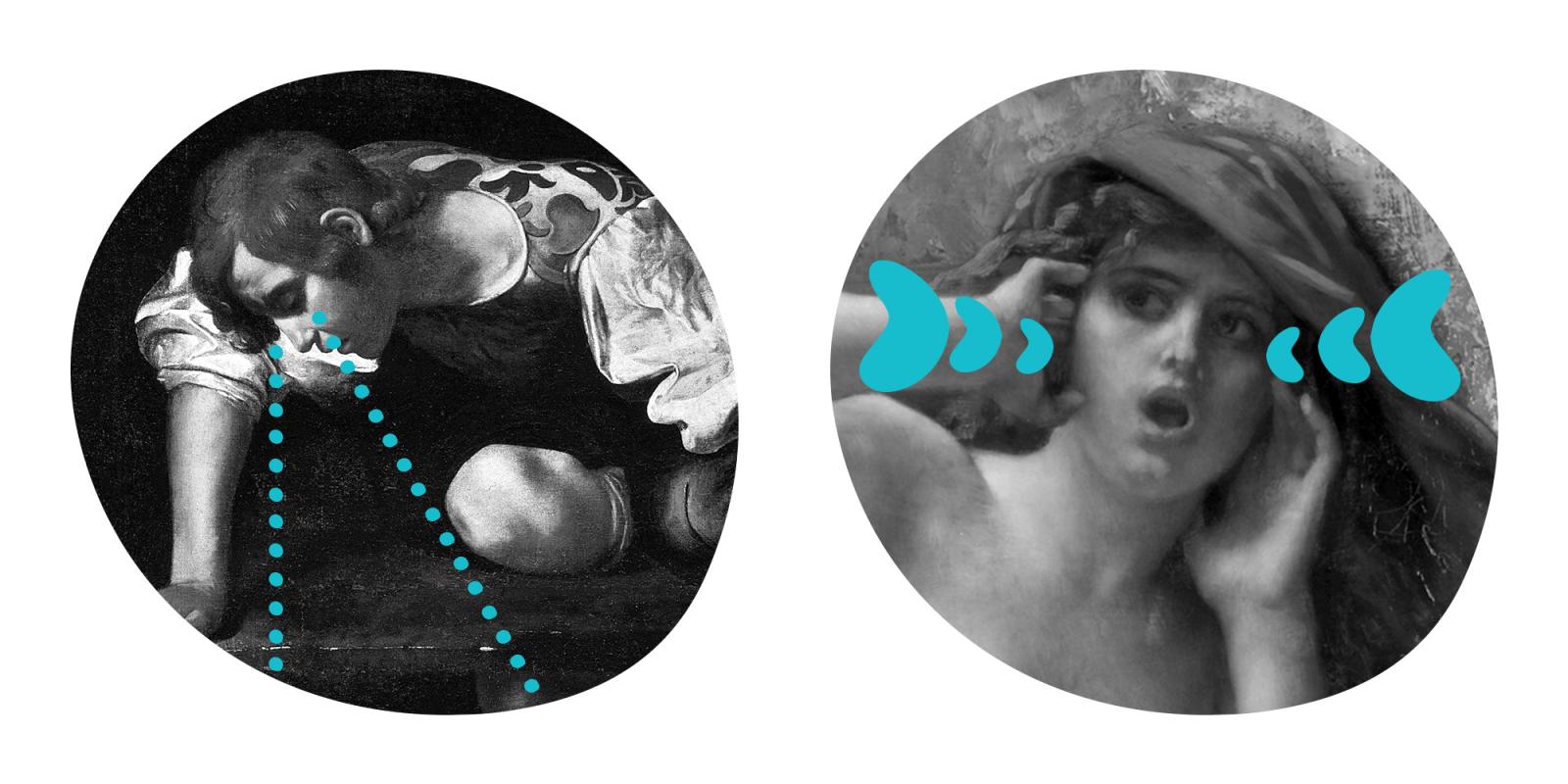Experience design
UX Designers: Why are we Wasting Time?



Disclaimer: The statements and opinions expressed in this article are those of the author(s) and do not necessarily reflect the positions of Thoughtworks.
